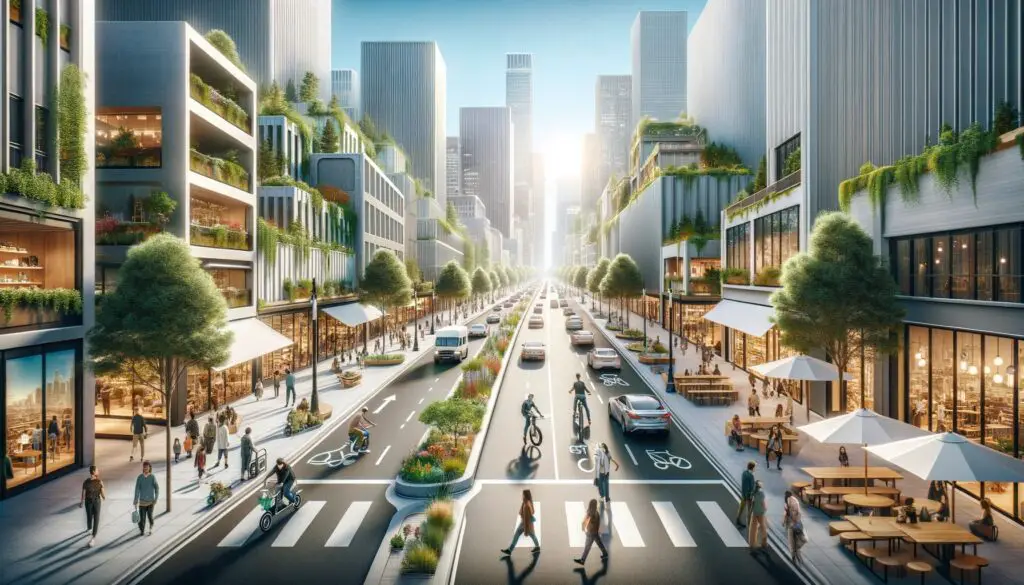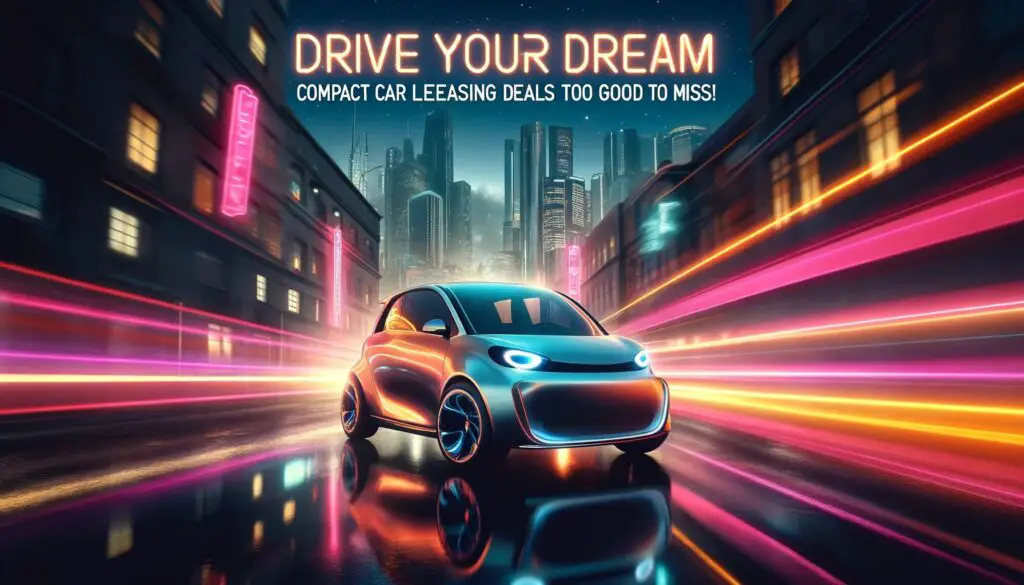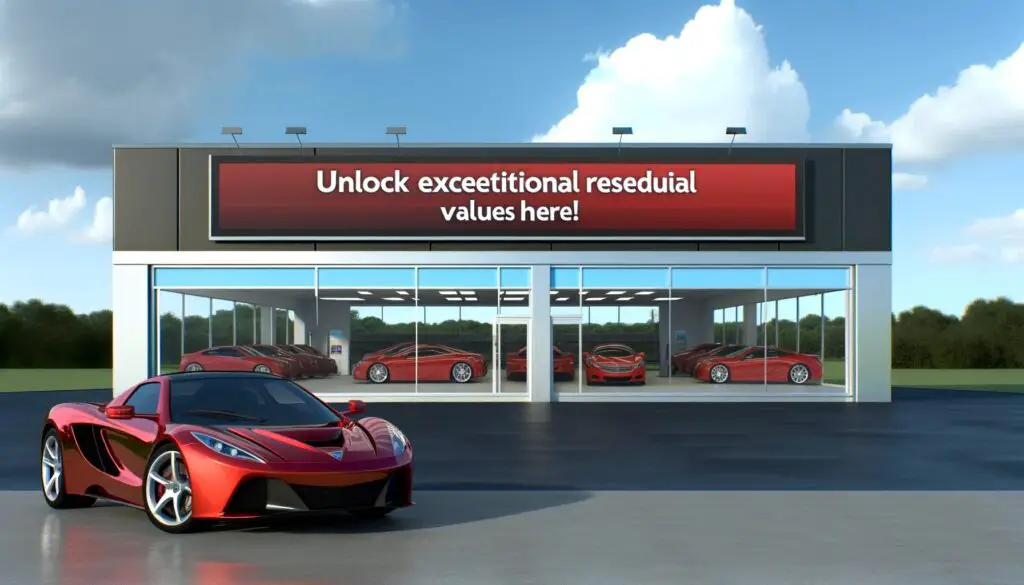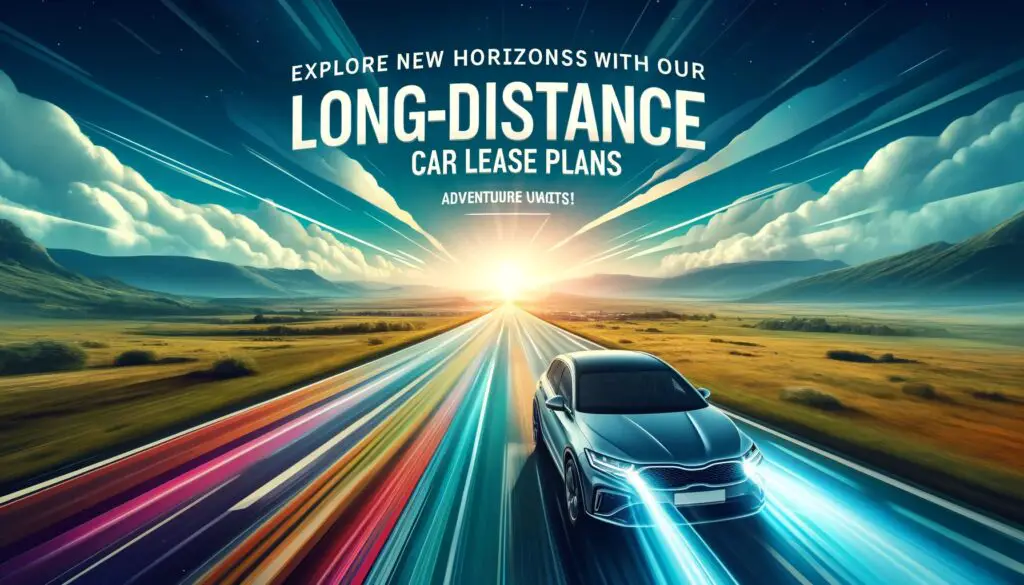In an era where environmental sustainability and urban livability are increasingly paramount, the concept of car-free zones is gaining momentum across the United States. Transforming urban landscapes into spaces where people, not vehicles, are the priority fosters healthier communities, promotes economic growth, and reduces environmental impact. This article delves into the methodologies and benefits of creating car-free zones, offering a comprehensive guide to urban planners, policymakers, and community activists aiming to reimagine American cities.
Strategy for Implementing Car-Free Zones
Identifying Suitable Areas
The journey towards car-free cities begins with the strategic selection of areas that can thrive without vehicular traffic. Downtown areas, historic city centers, and residential neighborhoods with high pedestrian traffic are ideal candidates. These zones should have access to robust public transportation networks to ensure accessibility and connectivity.
Infrastructure Modifications
To transform selected areas into car-free zones, infrastructure modifications are essential. The implementation of movable and stationary traffic bollards denies car access selectively, allowing for the temporary opening of spaces for emergency vehicles or special events. Living streets, where the needs of pedestrians, cyclists, and public transport are prioritized over cars, become the backbone of these zones. Furthermore, expanding pedestrian walkways and bike lanes ensures safe and enjoyable mobility for all.
Community Engagement and Policy Support
Successful car-free zones require strong community engagement and policy support. Public consultations and workshops with residents, business owners, and stakeholders are crucial to addressing concerns and incorporating feedback. Additionally, policies promoting sustainable transportation options and incentivizing the reduction of car dependency are fundamental to ensuring the long-term success of car-free zones.
Benefits of Car-Free Zones
Environmental Impact
Car-free zones significantly reduce carbon emissions and air pollution, contributing to the fight against climate change. The decrease in vehicular traffic also reduces noise pollution, creating more serene urban environments.
Economic Growth
Pedestrian-friendly areas boost local economies by increasing foot traffic to businesses. The enhanced urban experience attracts tourists and promotes the local retail and hospitality sectors.
Health and Well-being
With fewer cars, streets become safer, encouraging walking and cycling. This shift not only improves physical health through increased activity but also enhances mental well-being by fostering a sense of community and belonging.
Urban Aesthetics and Public Spaces
Car-free zones open up opportunities for urban beautification and the creation of public spaces. Parks, playgrounds, and outdoor seating areas become focal points for community interaction and leisure activities.
Conclusion
The transition to car-free zones in American cities represents a bold step towards sustainable urban living. By prioritizing the needs of people over vehicles, cities can become more livable, environmentally friendly, and economically vibrant. The journey requires careful planning, community involvement, and a commitment to reimagining urban spaces. With these strategies in place, the vision of car-free urban environments is not only achievable but essential for the future of urban living.





